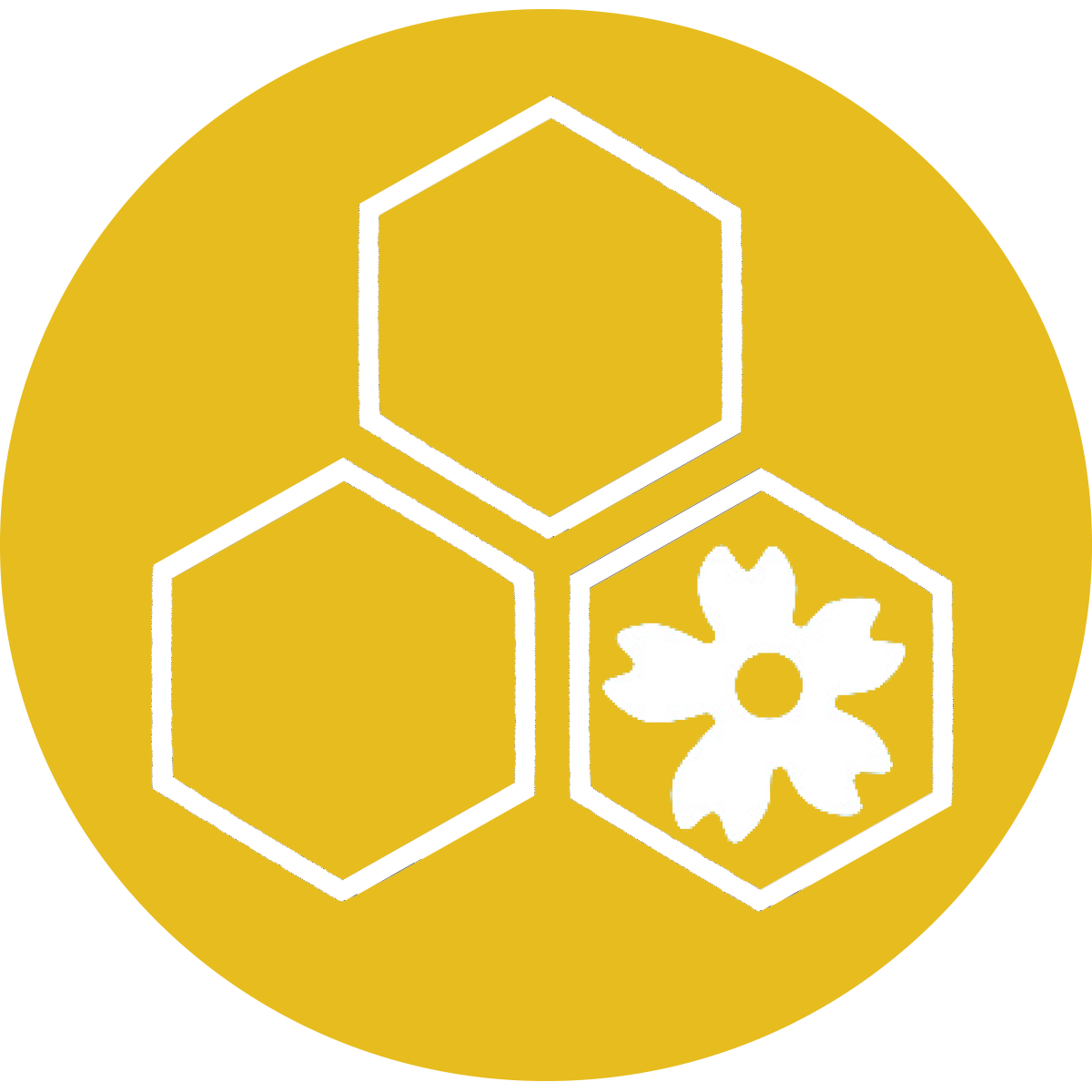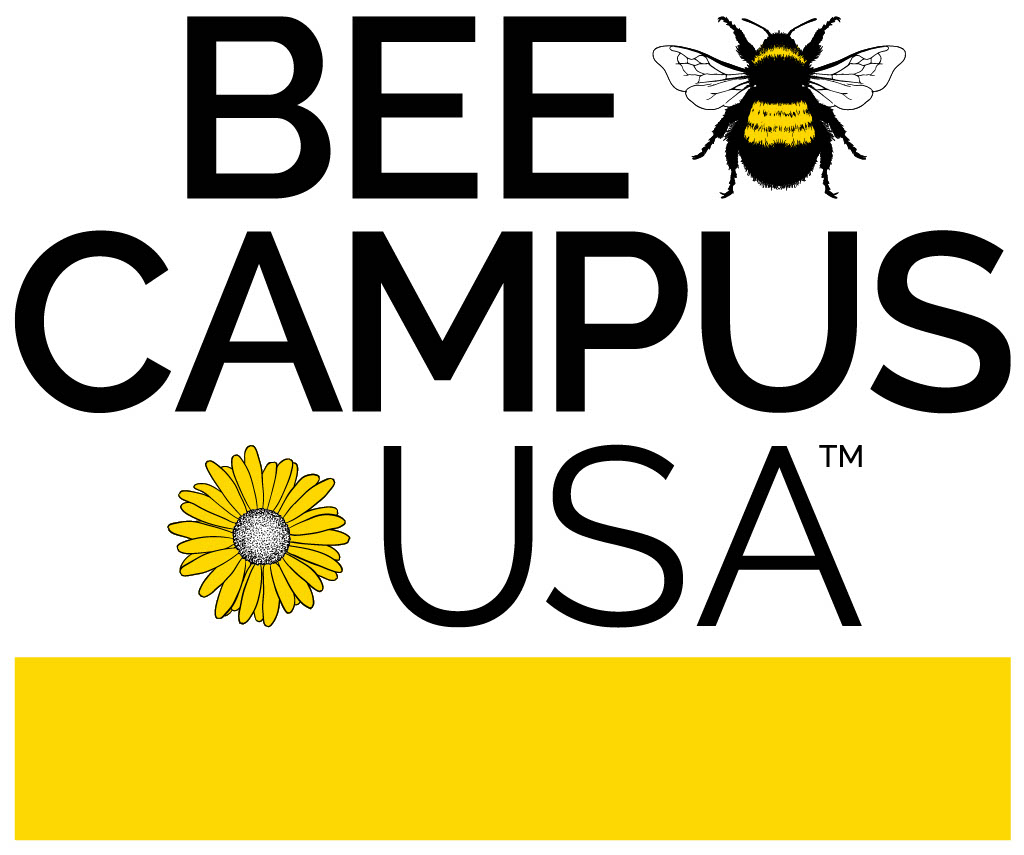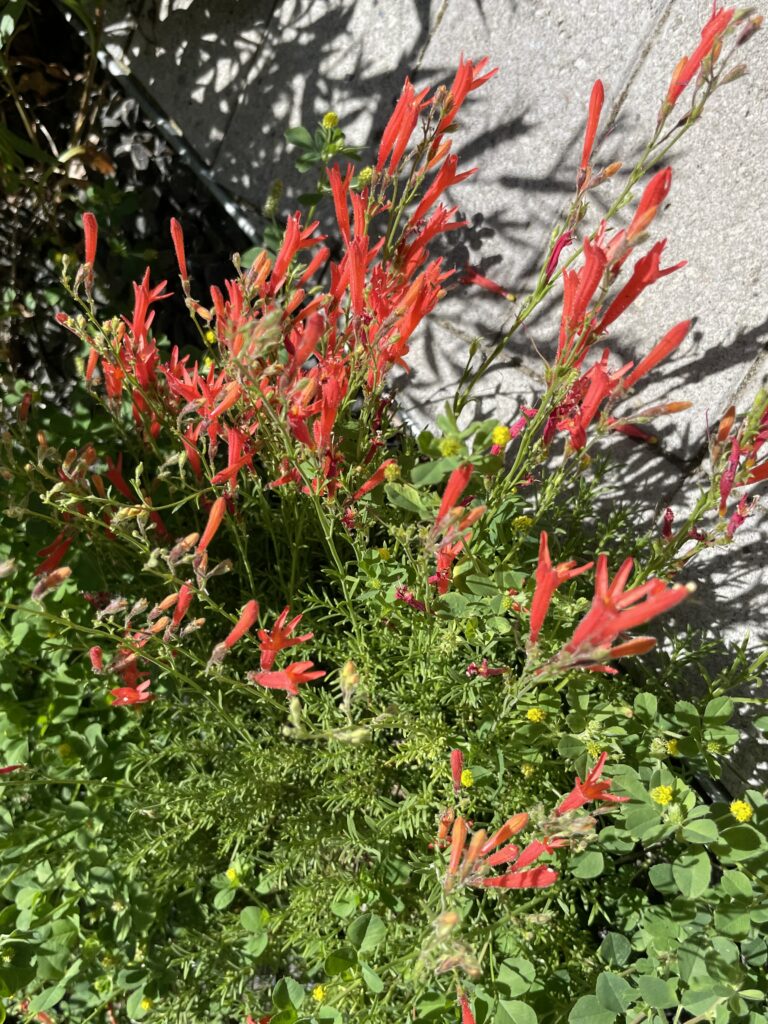Green Technologies
Multi-modal transportation should be encouraged by supporting bike and bus ridership with bike lanes, well placed and abundant bike racks, and safe, well-lit access to bus stops. EWU should periodically remind students that bus passes are included in their tuition. Free on-site parking should be minimized or assigned based on need (flexible parking) to discourage driving from Spokane and stimulate bus ridership. A strategic concentration of parking would promote more pedestrian and cycling friendly campus environments and achieve more cost and energy-effective operation of parking services. EWU must mitigate the demand for campus parking spaces to achieve a smaller carbon footprint and compel students to use public
transportation.
The Climate Action Plan 2022- 25 reports that commuting by students and employees to and from campus makes up approximately 70% of Scope 3 (another person/ organization’s scope) emissions. Installing electric vehicle (EV) charging stations could reduce excess parking and promote electric vehicle use for EWU and the City of Cheney. As of 2022, ChargePoint.com and ChargeHub.com do not show any EV charging stations within the city. Universities are often the nexus of innovation and technology, offering EWU the opportunity to champion EV use within the city and demonstrate its commitment to climate resiliency.
Priority locations for future solar panels should be identified to ensure new tree plantings will not block sunlight. Candidates for solar panels can be new construction or existing buildings, as long as the structures can bear the extra weight. EWU should conduct a solar study to determine which existing roofs might be good candidates for solar panels and to explore grid integration requirements. New planting areas and designs should take advantage of passive solar and daylighting techniques to lower energy use; deciduous canopy trees on the south side of buildings can shade structures in the summer and allow sunlight penetration in the winter. New buildings should be sited and designed to minimize energy by employing proper solar orientation to minimize the need for mechanical heating and cooling systems and reduce operating costs.
Lighting plays a significant role on campus. Site lighting contributes to public safety wayfinding and highlights substantial elements within the landscape. As part of the school’s Climate Action Plan, modifying older light fixtures to LED lighting would significantly reduce electricity use, provide longer-lasting bulbs, and potentially contribute more ample light to all pedestrian corridors and outdoor spaces.
Green roofs can retain a large amount of stormwater runoff depending on the frequency and intensity of rainstorms. Extensive, shallow-media systems and intensive, deep-soil systems can transform flat roofs into parks and gardens. Other benefits include reductions in building energy (heating and cooling) costs, urban heat island effect, heat sink opportunities in the summer, and biodiversity and habitat enhancement. Most green roofs are planted with droughtresistant, non-native plants. Still, many support locally adapted prairie grasses and wildflowers, while other green roofs are used as gardens for herbs and vegetables. Green roofs can serve as learning tools for students and create additional campus green spaces.
 Principle 2
Principle 2

